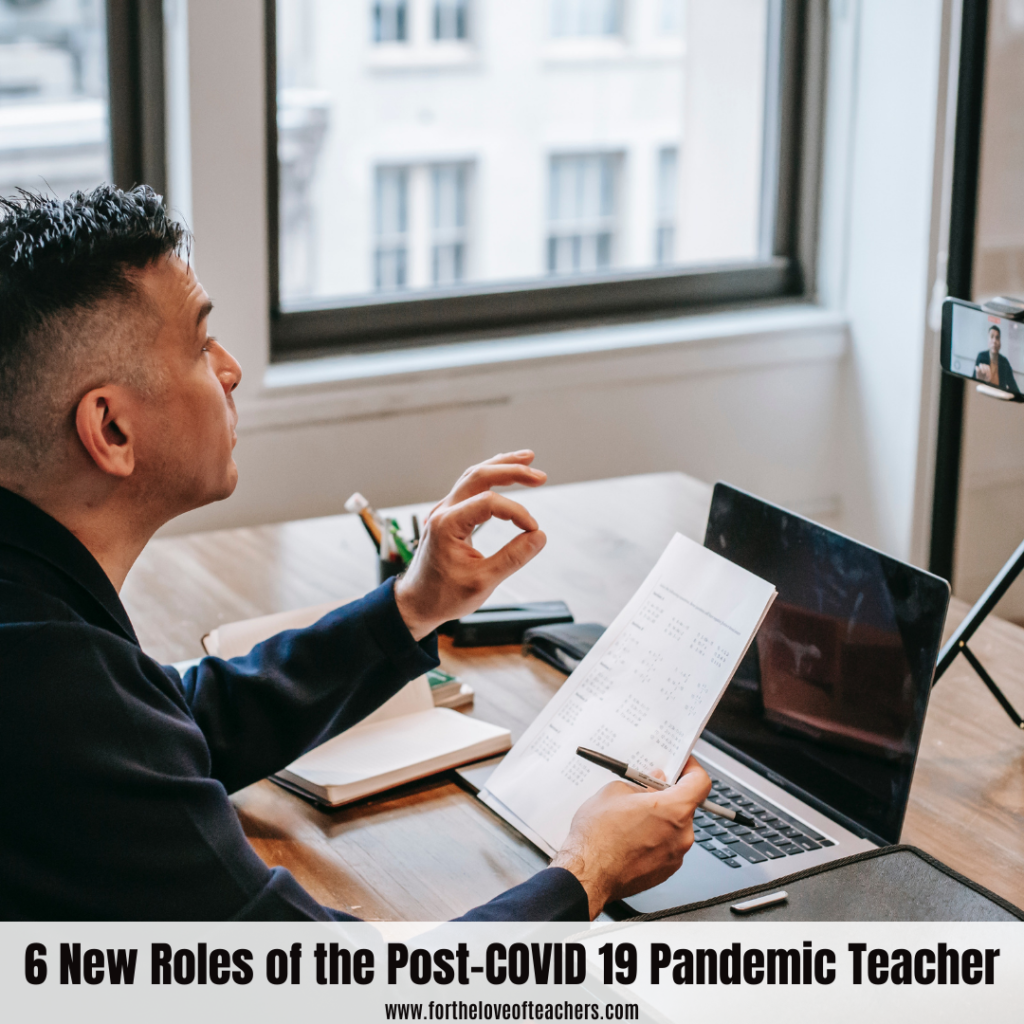
The COVID-19 pandemic has brought significant disruptions to every aspect of education worldwide. Early childhood education and care services, schools, universities, and colleges have all been forced to temporarily close down as an attempt to reduce the risk of contagion. Because of this, learning institutions have made remote or distance learning the new normal in education. For many teachers, it was not a delightful metamorphosis since it entailed having to switch from hallway classrooms to Zoom rooms fully for the first time. Others were lucky enough to capitalize on a little exposure to online learning sometime in the past, a few had attended relevant seminars while the majority, especially the seasoned ones, relied on openness and being submissive to change.
As the vaccines are being rolled out and establishments are slowly reopening their shutters, schools are likely to follow soon but are our teachers ready for the post-pandemic school? The pandemic questioned the existing practices and archaic system of education for us to come up with a sounder and more adaptable model. But that would also demand a new roster of roles and responsibilities for the post-new normal world:
- Shows versatility, and flexibility
The pandemic emphasized the need for such traits among teachers. Shifting from physical classes to virtual, let alone their trial and error stories, adapting their ways, and spinning creativity to spike student interest, was a true hump on the road. In the post-pandemic world, teachers must be more resilient and withstanding. As the pandemic shaped the way students learn and has formed a nearly independent habit of learning, students will have to demand patience from their teachers as schools try to put back the teacher and the students in one physical classroom altogether and as they both have to acclimatize themselves to a long-postponed but unforgotten learning environment.
- Makes an effort for lifelong learning
As educators who have had experiences with both face-to-face, blended, and purely online learning post-pandemic, they now have more reasons to take steps in improving their knowledge and their craft by exploring seminars, workshops, and certification training to always stay abreast of the advancements in pedagogy and instructional methodologies. They may also do their research with a plethora of information on the internet or be part of a professional circle of educators.
- Embraces discovery learning
Student engagement is central to the digital classroom. As such, it does not have space for teachers who just tells and dispenses the lesson for the day. If the post-pandemic teacher wants students to be more active, attend classes, and excel academically, the teacher should dress the lessons in such a way that it stirs fun, interest, and engagement. Students like moments of realization and they get abuzz every time there is a lesson that they can correlate to a prior experience, knowledge, or a discovery.
- Embodies design thinking
Design thinking is a realistic approach to redefining problems, creating innovative solutions, and testing them. It relies heavily on prototype solutions and learning from mistakes. Post-pandemic teachers can lean on design thinking to craft a classroom landscape that truly responds and conforms to the needs of their students. Education, pre-pandemic, has been approached using a “one size fits all” model where students are only exposed to the same instructional design and technique. This will not work in the after-new normal world anymore.
- Practices appreciative inquiry
Post-pandemic teachers must practice appreciative inquiry or AI in their institutional craft. AI believes improvements can be made and are, in fact, more engaging when strengths are given emphasis rather than the opposite. Especially in a new educational setting, students have been directly affected by the pandemic impact and as starting over, one must make capital out of the small wins and steps before every take-off. Being such, students will respond to positive statements but may react negatively if we highlight otherwise.
- Facilitates learning and real-world meaning
Post-pandemic teachers must train students to be independent thinkers in and out of the classroom so that when the education system gets impeded again, the teaching and learning process will not be as hard as now. Students also need to be critical thinkers and must be equipped to solve real-world problems with unprecedented solutions. To achieve this, teachers must always be one step ahead by providing situations, scenarios, and settings for the students to reflect on and solve while the teachers can provide a star example later on.
Currently, the school closures have appeared effective in decreasing the COVID-19 related deaths and cases, but it only had put the issues and challenges in the new mode of teaching and learning under bright light: hardware and software issues like the availability and access to devices and the internet, delivery of instruction, assessment methods, and integrity, and uncollaborative classrooms. But, since teaching is a noble profession, they can stay on top of these hurdles while ensuring they get no student, classroom tasks, ad-hoc duties, and housework left behind — during the pandemic, and post-pandemic.
_____________________________________________________________________________________________
About The Author: Bash Sarmiento is a writer and an educator from Manila. He is currently finishing his Doctor of Education degree in Miriam College. Bash writes laconic pieces in the education, lifestyle, and health realms. His academic background and extensive experience in teaching, textbook evaluation, business management, and traveling are translated in his works.
Thanks for reading!
If you like it, then pin it!



Christine Weis is a passionate educator, classroom management coach, wife, and mom of two busy boys. She enjoys teaching, writing, and creating resources for teachers.




As a student myself, I can relate! As a student is it difficult to study in a pandemic. As a teacher it must be difficult too!
Discovery learning is so important and needed, at the moment. It’d be so good if all teachers of this pandemic times would adapt to this!
I totally get what you are sharing. My husband is a teacher and yes, student engagement is central to a digital classroom.
These past few years have been so hard. There are so many changes that everyone is having to do now.
These teachers are dealing with problem after problem. They are working on being resilient for the kids while also trying to manage their own stress. This is all happening while the world is pretending that anyone can be a teacher.
The pandemic was a huge challenge to teachers and students. The education system had to undergo major changes to ensure continuous learning. I appreciate the efforts of the teachers to reach out and create ways to educate their students in whatever way allowed.
Thank you for these tips. Facilitating learning is not easy, especially after covid but definitely rewarding!
teaching has been challenging these days due to Pandemic but the hardest one was the first years. We had to adjust to new and a lot of things
Covid has made us all shift our roles in the workplace. But perhaps the biggest shift has been for teachers, I appreciate what they do to keep our kids learning in these times.
It’s not easy being a teacher these days. You are so right teachers now have to be more flexible and versatile than ever before. The pandemic has certainly been keeping them on their toes!
I feel like it’s such a difficult time to be a teacher, these are great tips!
I can’t imagine how difficult the last couple of years have been for teachers. It’s such a new experience for everyone.